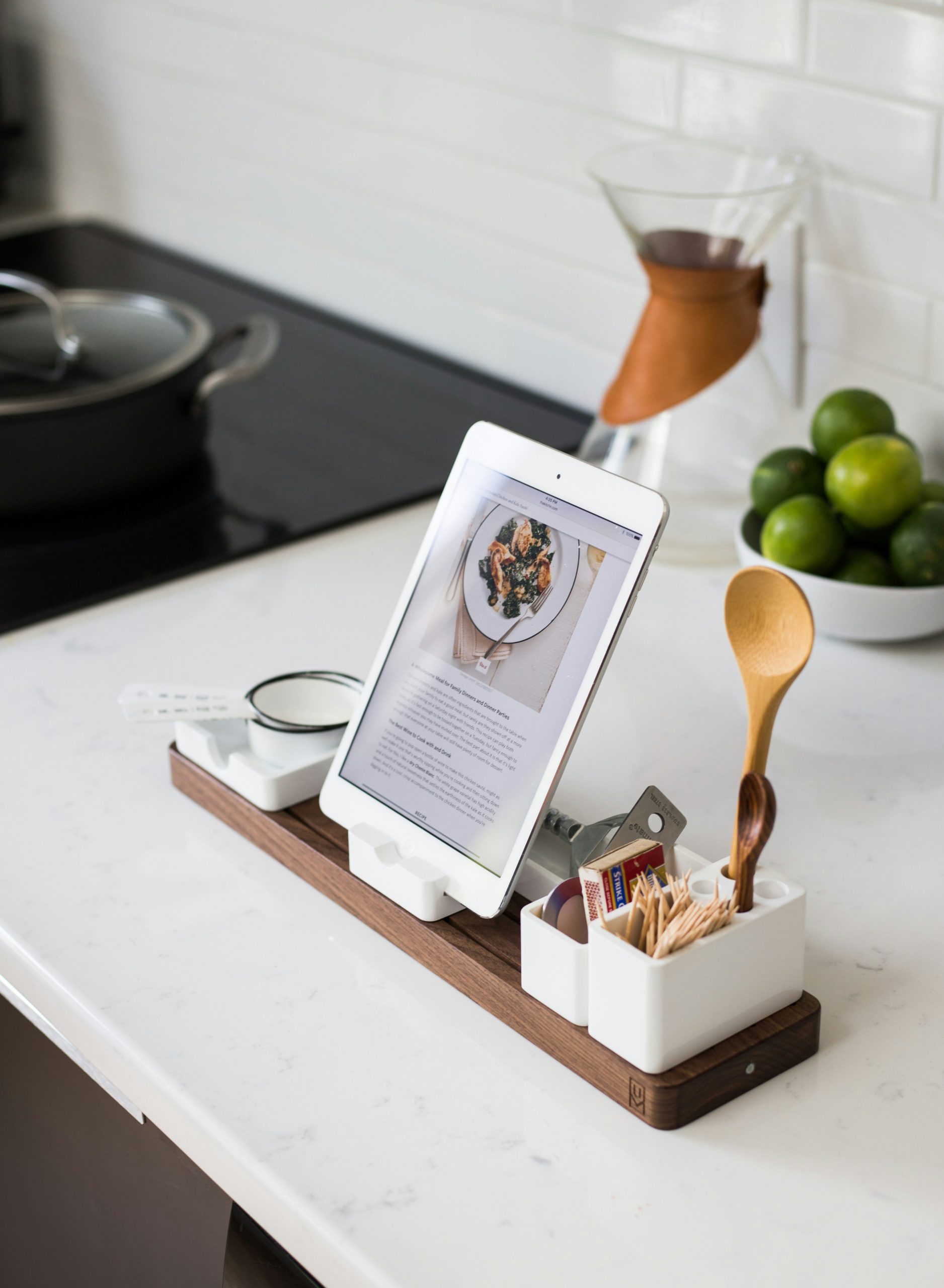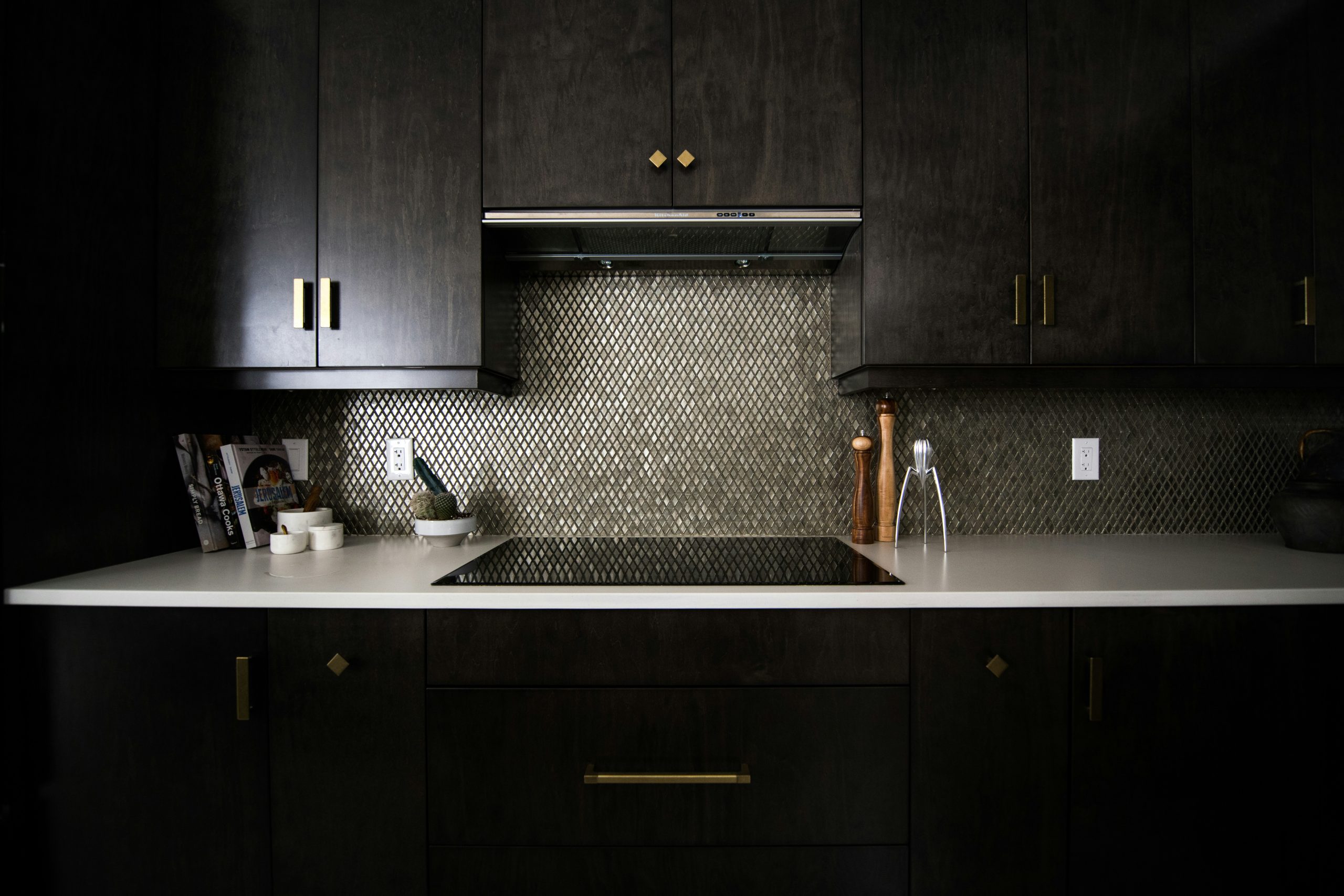Ad Blocker Detected
Our website is made possible by displaying online advertisements to our visitors. Please consider supporting us by disabling your ad blocker.
Whether you’re a novice or an experienced cook, understanding how to properly depressurize a pressure cooker is essential. With its ability to cook food up to 70% faster than traditional methods, the pressure cooker has become a coveted kitchen tool. However, releasing the pressure can be intimidating for some, as safety precautions must be followed to avoid any accidents. In this article, we will guide you through the step-by-step process of depressurizing a pressure cooker, ensuring a safe and successful cooking experience every time. So, let’s put those fears aside and dive into the world of depressurizing a pressure cooker!
Understanding Pressure Cookers
A pressure cooker is a kitchen appliance that uses high pressure to cook food quickly. It consists of a sealed pot with a pressure release valve and a locking feature to prevent it from opening when under pressure. Pressure cookers are known for their ability to reduce cooking times by up to 70%, making them a popular choice for busy households. They are particularly effective for cooking tough cuts of meat, legumes, and grains.
How does a pressure cooker work?
A pressure cooker works by trapping steam inside the pot, which increases the pressure and raises the boiling point of water. As a result, food cooks faster at a higher temperature. The sealed environment allows flavors to be locked in, resulting in tender and flavorful dishes. The pressure valve controls the pressure level by releasing excess steam and preventing the pressure from becoming too high.

Why is it important to depressurize a pressure cooker?
Depressurizing a pressure cooker is crucial for two main reasons: safety and optimal food texture. When the cooking process is complete, the pressure needs to be released before opening the cooker to prevent the sudden release of steam and potential burns. Additionally, certain foods, such as delicate vegetables, may overcook if left inside the cooker under pressure for an extended period of time. Depressurizing allows for a controlled release of pressure, ensuring that the food retains its desired texture.
Depressurizing Methods
Natural Release
Natural release, also known as “natural pressure release,” involves allowing the pressure cooker to cool down gradually on its own. This method is generally recommended for delicate foods that are prone to overcooking or for recipes that specify a natural release.
Quick Release
Quick release, also known as “manual pressure release,” involves manually releasing the pressure inside the cooker using the pressure release valve. This method is suitable for most recipes and allows for a faster depressurization process.
Cold Water Release
Cold water release, also known as “cold water quick release,” involves using cold water to cool down the pressure cooker and rapidly release the pressure. This method is typically employed in urgent situations or when you need to rapidly stop the cooking process.

Natural Release
Definition of natural release
Natural release refers to the process of allowing the pressure inside the cooker to decrease naturally without any intervention. During this time, the cooker gradually cools down, and the pressure lowers on its own.
When to use natural release
Natural release is best suited for recipes that contain delicate foods, such as fish, fruits, and certain vegetables. It is also recommended when the recipe specifically states to use this method for depressurization. Natural release helps retain the texture and tenderness of these more delicate ingredients by allowing them to continue cooking gently in the residual heat.
How to perform natural release
To perform a natural release, you simply need to turn off the heat source and let the pressure cooker sit undisturbed. Do not attempt to open the pressure release valve or remove the lid. The cooker will gradually cool down, and as the pressure decreases, the float valve or pressure indicator will drop, indicating that it is safe to open the cooker.
How long does natural release take?
The duration of natural release can vary depending on the recipe and the amount of pressure built up inside the cooker. On average, it can take anywhere from 10 to 30 minutes for the pressure cooker to naturally release. However, larger or more heavily pressurized cookers may take longer. It is essential to exercise patience and allow the cooker to complete the depressurization process naturally for optimal results.
Quick Release
Definition of quick release
Quick release involves manually releasing the pressure inside the pressure cooker by using the pressure release valve. This method rapidly depressurizes the cooker, allowing for immediate access to the cooked food.
When to use quick release
Quick release is suitable for most recipes and is particularly useful for foods that require precise cooking times and textures. It is also ideal for situations where time is of the essence and you need to stop the cooking process immediately.
How to perform quick release
To perform a quick release, ensure that there are no obstructions near the pressure release valve. Using a long utensil, carefully turn the valve to the “venting” position. Hot steam will begin to escape from the valve. Be cautious and keep your face and hands away from the escaping steam. Once all the pressure has been released, the float valve or pressure indicator will drop, indicating that it is safe to open the cooker.
Safety precautions while using quick release
When performing a quick release, always exercise caution to avoid potential burns from the hot steam. Make sure your face and hands are a safe distance away from the valve. Additionally, it is advisable to wear oven mitts or use a utensil to turn the valve, ensuring that your hands are protected from the heat.

Cold Water Release
Definition of cold water release
Cold water release involves using cold water to cool down the exterior of the pressure cooker and rapidly reduce the pressure inside. This method is primarily used in urgent situations and requires extra caution.
When to use cold water release
Cold water release is typically used when there is an immediate need to stop the cooking process and rapidly depressurize the cooker. It can be employed in cases of food overcooking or when dealing with potentially dangerous situations, such as excessive pressure buildup.
How to perform cold water release
To perform a cold water release, take the pressure cooker to a sink and carefully pour cold water over the lid, ensuring that the water only comes in contact with the exterior of the cooker. Do not pour water on the pressure release valve or any other openings. The cold water cools down the cooker, causing the pressure to drop rapidly, and thus depressurizing it. Once the float valve or pressure indicator drops, indicating that the pressure has been released, it is safe to open the cooker.
Safety precautions while using cold water release
While cold water release can be an effective method to rapidly depressurize the cooker, it requires extra caution. Always handle the pressure cooker with oven mitts or towels to protect your hands from the heat. When pouring cold water on the cooker, ensure that only the exterior comes in contact with water. Avoid pouring water directly into the pressure release valve or any other openings to prevent potential damage or malfunctions.
Common Mistakes to Avoid
Opening the pressure cooker too early
One common mistake is opening the pressure cooker before it is properly depressurized. This can result in a sudden release of steam and can cause severe burns or injuries. Always follow the recommended depressurization methods and wait until the float valve or pressure indicator drops before attempting to open the cooker.
Using improper utensils for depressurization
Using improper utensils, such as small forks or knives, to manually release the pressure can lead to accidents. These utensils may get stuck in the pressure release valve, causing it to malfunction or leading to injuries. It is essential to use long utensils specifically designed for pressure cookers, ensuring that they are heat-resistant and can safely reach the valve.
Not following the manufacturer’s instructions
Each pressure cooker model may have specific instructions and guidelines for depressurization. It is crucial to familiarize yourself with the manufacturer’s instructions before using the pressure cooker and to follow them accurately. Deviating from the recommended depressurization methods can result in unsafe conditions or suboptimal cooking results.
Forgetting to turn off the heat source
Before attempting to depressurize the pressure cooker, it is essential to turn off the heat source. Forgetting to do so can lead to continued pressure buildup and a potentially dangerous situation. Always remember to switch off the stove or any electric heat source before initiating the depressurization process.
Safety Tips
Before depressurizing
Before you begin the depressurization process, ensure that you have a clear workspace and that there are no obstructions near the pressure release valve. Remove any utensils or dishes that may interfere with the safe depressurization of the cooker. Additionally, double-check that the heat source is turned off to prevent any accidents.
During depressurization
When performing any depressurization method, particularly quick release or cold water release, keep a safe distance from the pressure release valve to avoid potential burns from the hot steam. Wear oven mitts or use long utensils to protect your hands from the heat. Always follow the recommended method and be cautious while handling the pressure cooker.
After depressurization
Once the pressure has been fully released and the float valve or pressure indicator has dropped, it is safe to open the pressure cooker. Before doing so, carefully remove the lid, opening it away from your face to avoid any remaining steam. Take care to protect your hands from the hot interior of the cooker by using oven mitts or towels.
Troubleshooting
Pressure cooker not depressurizing
If your pressure cooker is not depressurizing, there may be an issue with the sealing ring or the pressure release valve. Check that the sealing ring is properly in place and that the pressure release valve is not clogged or damaged. In some cases, turning off the heat source and allowing the cooker to cool naturally for a longer period of time can help resolve the issue.
Excessive steam leakage
Excessive steam leakage can occur if the sealing ring is worn out or not properly seated in the lid. Inspect the sealing ring and ensure that it is intact and correctly fitted. If needed, replace the sealing ring to achieve a proper seal and prevent steam leakage.
Inaccurate pressure readings
If you are experiencing inaccurate pressure readings on your pressure cooker, it may be due to a faulty pressure gauge or pressure indicator. Refer to the manufacturer’s instructions for troubleshooting steps, or contact customer support for assistance. It is essential to have an accurate pressure reading for safe and effective cooking.
Cleaning and Maintenance
Cleaning the pressure cooker
After each use, it is important to thoroughly clean the pressure cooker to remove any food residue or stains. Most pressure cookers have removable parts, such as the sealing ring and pressure release valve, which should be washed separately. Use warm soapy water and non-abrasive materials to clean the cooker, ensuring that all parts are thoroughly dry before reassembling.
Inspecting and replacing damaged parts
Regularly inspect the sealing ring, pressure release valve, and other essential components of the pressure cooker for signs of damage or wear. If any parts are cracked, warped, or no longer functioning correctly, they should be promptly replaced to maintain the integrity and safety of the cooker.
Storing the pressure cooker
When not in use, store the pressure cooker in a cool and dry place. Keep it away from heat sources and ensure that all removable parts are stored together to prevent misplacement. It is advisable to store the pressure cooker without the lid locked in place to allow for proper air circulation and prevent the development of unpleasant odors.
Conclusion
Understanding how to depressurize a pressure cooker is crucial for both safety and optimal cooking results. Depressurizing methods such as natural release, quick release, and cold water release offer flexibility depending on the recipe and cooking requirements. By following the correct depressurization method, you can safely open your pressure cooker and enjoy delicious meals with ease. Additionally, regularly cleaning, maintaining, and inspecting your pressure cooker ensures its optimal performance and longevity. With proper care and attention, your pressure cooker will continue to be an indispensable tool in your kitchen, providing quick and flavorful meals for years to come.

